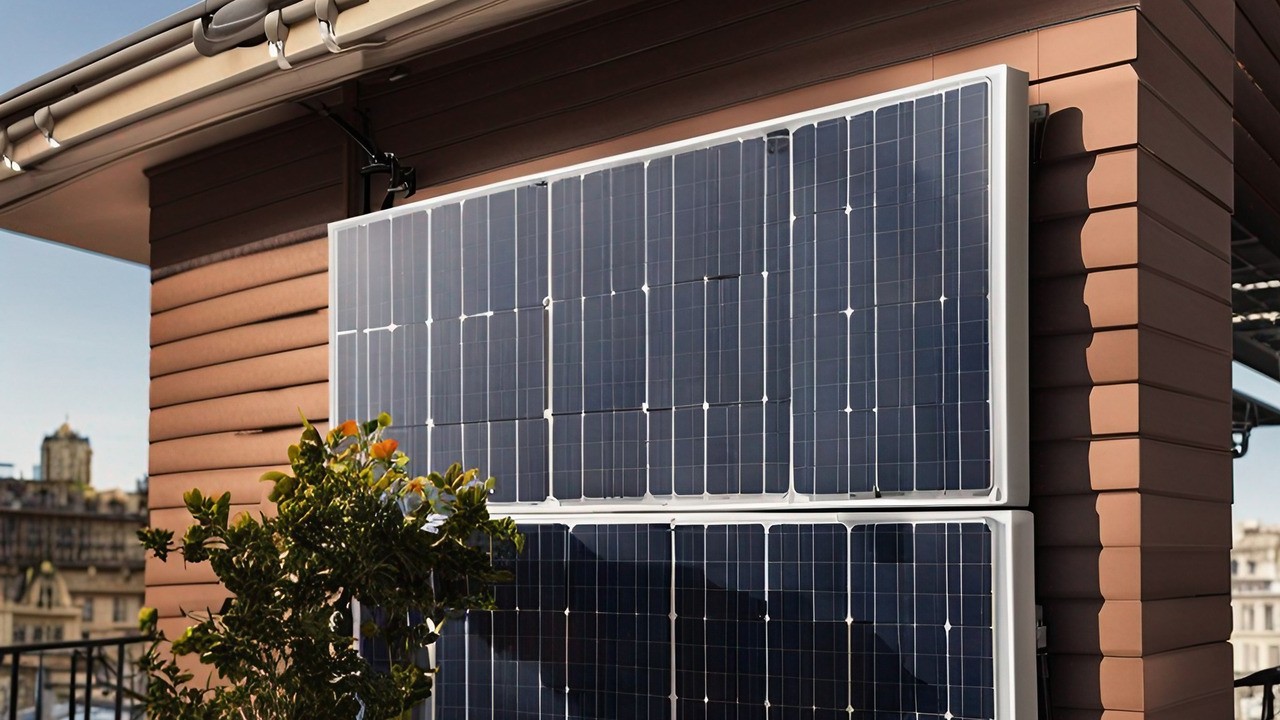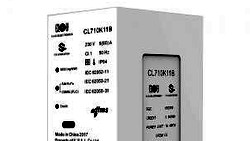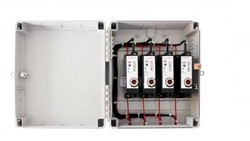As the popularity of private balcony power plants continues to soar, harnessing the potential of solar energy for individual households, it is essential to address the challenges associated with integrating these decentralized power sources into the grid.
In Germany, private users have recently begun adopting balcony power plants due to soaring electricity costs and concerns over potential blackouts. These easily installable devices, now available in supermarkets, are experiencing a surge in popularity. However, the rapid growth of these installations is causing challenges for utilities, with reports of power grid issues arising from uncontrolled power exports.
Electricity networks creaking: Feed-in from solar power installations double the amount consumed
Hessische/Niedersächsische Allgemeine (HNA), d.d. 03.07.2023
Article in German
What happens when too much power is exported?
When too much power is injected into the power grid by balcony power plants, a number of potential scenarios can occur.
- Overloading of the Grid
If the generated power exceeds the capacity of the power grid, it can cause an overload. This overload can lead to failures, voltage fluctuations, or even outages. The grid infrastructure may not be designed to handle sudden spikes in power injection, especially from small-scale sources like balcony power plants. - Voltage Instability
Excessive power injection without proper regulation can lead to voltage instability. The voltage levels in the grid may fluctuate beyond their safe limits, which can damage electrical equipment or disrupt the functioning of appliances. - Reverse Power Flow
In situations of excess power generation, where the amount generated exceeds the local demand, the excess power is often transmitted back into the grid for distribution elsewhere. If not managed properly, this reverse power flow can cause issues in the grid system, leading to irregular voltage levels, equipment damage, or even cascading failures. - Frequency Deviation
Power generation and consumption must be balanced to maintain a stable frequency in the grid. When an excess of power is injected, it can cause a deviation in the grid frequency, leading to equipment malfunction and potential damage.
Balancing Power Generation and Consumption
To keep the power grid stable, it is crucial to balance the power generation from private balcony power plants with the overall electricity consumption within the grid. This requires careful management and coordination between the power plants, grid operators, and end-users. Here are some effective strategies to achieve this balance:
- Advanced Forecasting and Planning
Implementing advanced forecasting techniques can help anticipate power generation patterns from private balcony power plants. Accurate predictions enable grid operators to plan and manage power resources more effectively, minimizing the risk of grid instability. - Smart Grid Technologies
Integrating smart grid technologies can enhance grid flexibility and control. This includes incorporating advanced sensors, communication systems, and automated controls to monitor and manage power flow in real-time. These technologies enable grid operators to respond rapidly to changes in power generation, ensuring a stable grid. - Demand Response Programs
Implementing demand response programs can incentivize end-users to adjust their electricity consumption patterns based on the availability of solar power. By encouraging users to shift their usage to align with peak solar generation, the grid can better accommodate the intermittent nature of solar energy and maintain stability.

(symbol Image, Credit CLOU)
Energy Storage Solutions
One of the key challenges with private balcony power plants is the intermittent nature of solar energy. During periods of excess generation, it is crucial to efficiently store the surplus energy for use during periods of low generation. Energy storage systems play a vital role in maintaining grid stability. Here are some energy storage solutions that can help:
- Battery Energy Storage
Deploying battery energy storage systems allows excess solar energy to be stored and discharged when demand exceeds generation. These systems can provide a reliable and rapid response to fluctuations in power supply, helping to balance the grid and enhance stability. - Vehicle-to-Grid (V2G) Technology
Electric vehicles (EVs) equipped with bidirectional charging capabilities can act as mobile energy storage units. Through V2G technology, EVs can store excess solar energy, and supply it back to the grid when needed, supporting grid stability while maximizing the utilization of renewable energy. - Virtual Power Plants (VPPs)
VPPs integrate multiple distributed energy resources, including private balcony power plants and energy storage systems, into a unified system. This aggregated resource pool can be managed as a single entity, optimizing the balance between power generation and consumption, and providing grid stability.
Grid-Interactive Inverters
Grid-interactive inverters play a vital role in enabling private balcony power plants to seamlessly integrate into the grid while maintaining stability. These advanced inverters are equipped with grid-support functionalities that enhance their capability to stabilize the grid. Some features of grid-interactive inverters include:
- Voltage and Frequency Regulation
Grid-interactive inverters actively monitor and adjust voltage and frequency levels to ensure they remain within predefined limits. This helps to maintain a stable grid and protect sensitive electrical equipment from voltage fluctuations. - Ride-Through Capability
In the event of a grid disturbance or outage, grid-interactive inverters can continue operating and provide power to the local loads. This ride-through capability enhances grid resilience and minimizes the impact of grid disruptions. - Reactive Power Control
Grid-interactive inverters can also support reactive power control, aiding in the maintenance of power factor and voltage stability. By actively managing reactive power flow, these inverters contribute to grid stability and efficient power transfer.
Grid Code Compliance and Regulations
To ensure the stability of the power grid with the increasing power export from private balcony power plants, it is essential to establish grid code compliance and regulations. These codes set the standards and guidelines for connecting and operating renewable energy systems to maintain grid stability. Key considerations include:
- Power Quality Standards
Grid codes should define power quality requirements, such as voltage and frequency limits, harmonics, and reactive power control. Private balcony power plants must adhere to these standards to ensure compatibility with the grid. - Connection Requirements
Grid codes should outline the technical specifications and procedures for connecting private balcony power plants to the grid. This includes requirements for protection, synchronization, and communication protocols to ensure safe and reliable operation. - Monitoring and Compliance
Grid operators should have mechanisms in place to monitor compliance with grid codes. Regular inspections and assessments can ensure that private balcony power plants meet the necessary requirements and maintain grid stability.
By establishing robust grid code compliance and regulations, grid operators can effectively manage the integration of private balcony power plants into the grid, safeguarding stability and reliability.
Takeaway
As private balcony power plants continue to proliferate, it is crucial to address the challenges associated with maintaining grid stability. Considering the evident repercussions of unregulated installations, it is likely that the sale of balcony power plants in supermarkets will cease in the near future.
By adopting advanced forecasting techniques, implementing smart grid technologies, and leveraging energy storage solutions, we can effectively balance power generation and consumption.
Furthermore, grid-interactive inverters and grid code compliance play pivotal roles in ensuring stable and reliable power supply. With careful planning, innovation, and collaboration, the integration of private balcony power plants can contribute to a sustainable and resilient energy future while maintaining the stability of our power grids.
For any inquiries regarding how we can assist in maintaining the stability of the distribution grid, we encourage you to reach out to our team of specialists. They are available to provide you with further information and support.
Editor's note: This article was originally published in July 2023 and has been updated for comprehensiveness.





All comments are moderated before being published. Inappropriate or off-topic comments may not be approved.